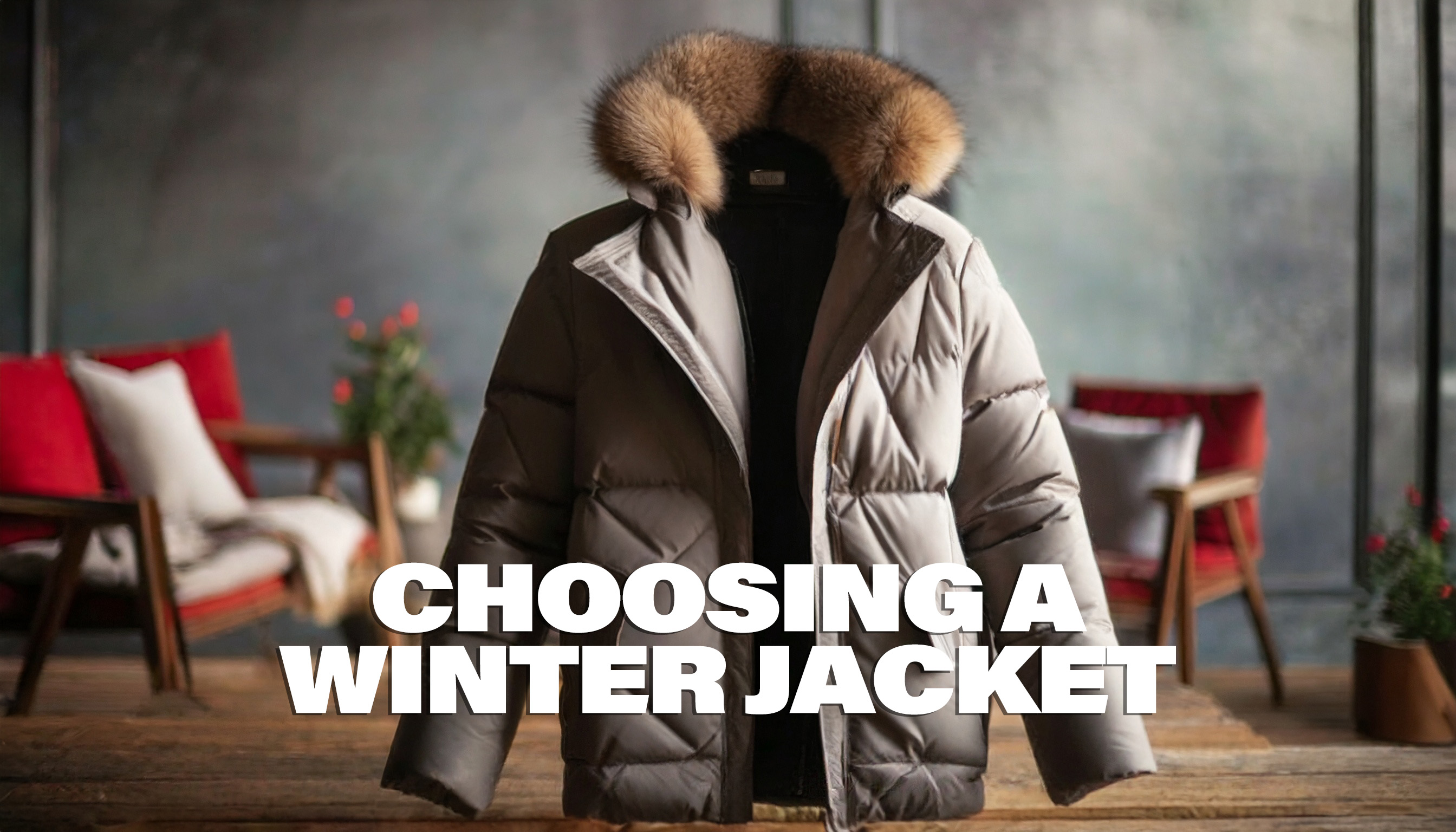Things to consider when choosing a winter jacket

Choosing the right winter jacket is like navigating a winter wonderland, especially with puffer and down coats in the mix. In this guide, we break it down for you, covering everything from outer layers to inner linings. Whether you're on a budget or aiming for top-notch warmth, we've got you covered. Let's unravel the layers and find that perfect winter companion to keep you cozy and stylish. Winter is coming—let's make sure you're ready!
1. Price
Puffer and down coats come in a range of prices, offering options for various budgets.
- Entry-level puffer jackets and down coats, often made with synthetic insulation, can be found in the 40,000 to 100,000 won range.
- Mid-range options, which may include higher-quality materials and enhanced features, typically fall between 100,000 and 400,000.
- High-end puffer and down coats, featuring premium materials, advanced insulation, and reputable brand names, can exceed 400,000 won and may even reach millions of won.
Consider your priorities, such as style, how much insulation you need, and intended use, when finding the right balance between price and functionality for your winter jacket.
2. Layers
When choosing a puffer or down jacket, understanding the construction layers—outer layer, filling, and inner layer—is crucial for finding the right combination of warmth, durability, and comfort. Let's break down each layer:
Outer Layer (겉감)
The outer layer, also known as the shell, is the jacket's first line of defense against the elements (waterproof or windproof). It plays a significant role in protecting the insulation and keeping you dry. Different materials offer varying levels of water resistance and durability.
- Nylon: Lighweight and durable, water-repellent finish to resist moisture
- Polyester: Lightweight and durable, also water-repellent.
- Gore-tex: Enhanced waterproofing and breatability, usually used in high performance jackets.
Lining (안감)
The inner layer, or lining, is the material that comes into direct contact with your body. It plays a role in comfort and moisture management.
- Nylon or Polyester Lining: Smooth breathable material that helps wick moisture away
- Fleece or Sherpa Lining: extra warm and cozy
Filling (충전재)
Down (Natural materials 천연소재): Down filling is sourced from duck or goose feathers and is known for its exceptional warmth-to-weight ratio. Look for jackets with higher fill power for better insulation. Keep in mind that down may lose its insulating properties when wet, so some jackets use water-resistant down or have a water-resistant treatment on the outer shell.
- Goose down feathers (구스다운): Tends to be the warmest, but also more expensive
- Duck down feathers (덕다운): Slightly less warm compared to Goose down jackets, but also more affordable
- Cotton
Synthetic: Often made of polyester fibers, is designed to mimic the insulating properties of down. Synthetic insulation tends to perform better when wet, making it a more versatile option for wet or humid conditions.
- Wellon Cotton: The most popular man-made material in padding manufactuing over the past few years. Often warmer than natural cotton.
3. Fill Ratio
When evaluating puffer and down coats, the fill ratio is a key factor influencing warmth and quality. Fill ratio refers to the amount of insulation—down or synthetic fibers—contained in the jacket relative to its overall volume. A down fill rating of 600, for example, means that one ounce of down can cover 600 cubic inches. Higher fill ratios, such as 600-fill or 800-fill, indicate more insulation, resulting in superior warmth and loft. Jackets with higher fill ratios are often more expensive but provide better insulation without adding excess weight. While 550-fill jackets offer a budget-friendly option, those seeking optimal warmth may prefer the increased efficiency of higher fill ratios.
To put it simply, the poofier the jacket the warmer it tends to be. Consider your desired level of warmth and budget constraints when selecting a fill ratio that suits your winter needs.
4. Brand
Yes, brands can matter when it comes to puffer and down coats. Established and reputable brands often have a track record for producing quality outerwear with attention to materials, craftsmanship, and design. Trusted brands may use advanced technologies, premium insulation, and durable fabrics, ensuring a higher standard of performance and longevity.
However, personal preferences, specific needs, and budget considerations also play a crucial role. While well-known brands may offer a certain level of assurance, newer or lesser-known brands can provide innovative designs and competitive features at a more affordable price.
5. Other things to consider
Length
During extremely cold days, Koreans prefer to wear long paddings because it offers an extended coverage, often reaching the thighs or knees.
Hood
A hood would give you better protection against the elements like cold winds during winter. Hoods may have fur or faux fur trims for added style and insulation
Seams and Zippers
Pay attention to the construction of seams and the quality of zippers. Sealed seams and water-resistant zippers contribute to overall weather resistance.
로그인이 필요합니다.